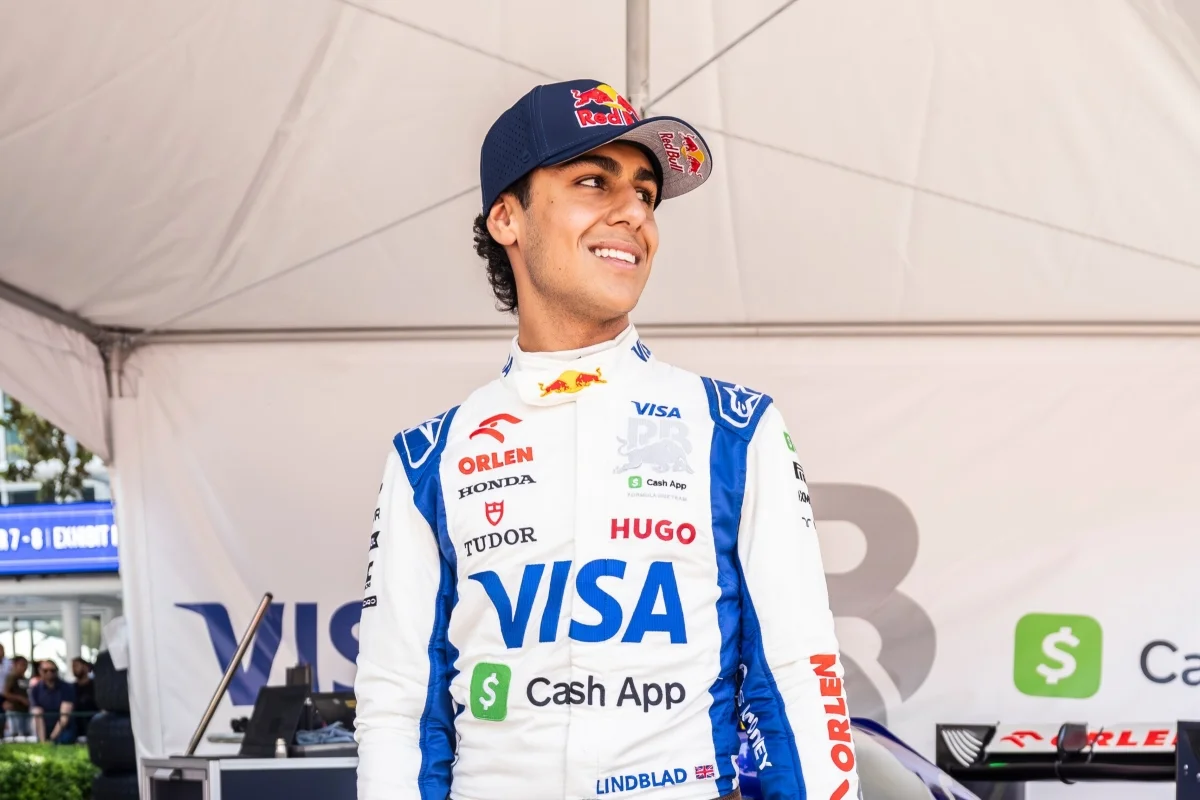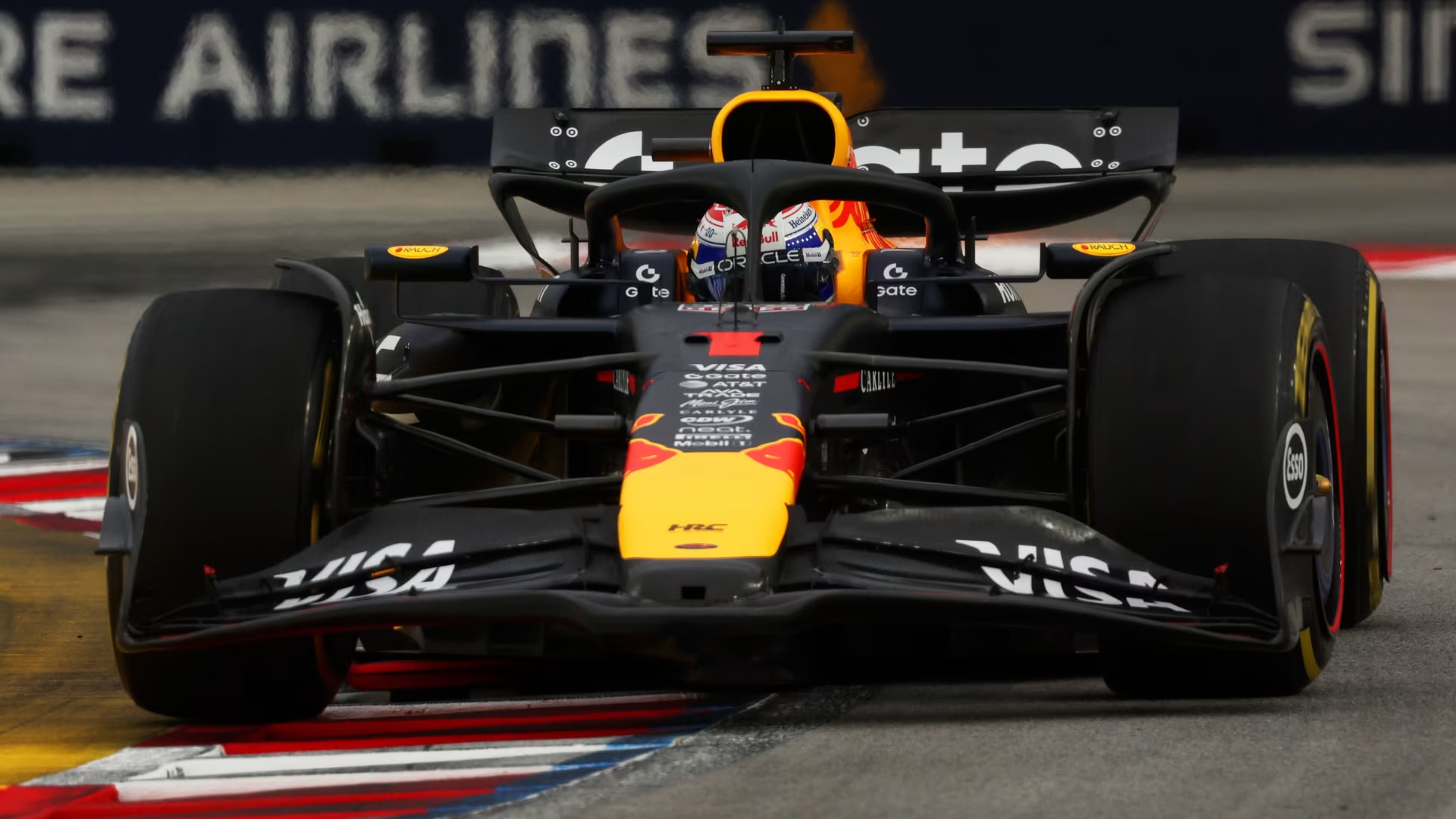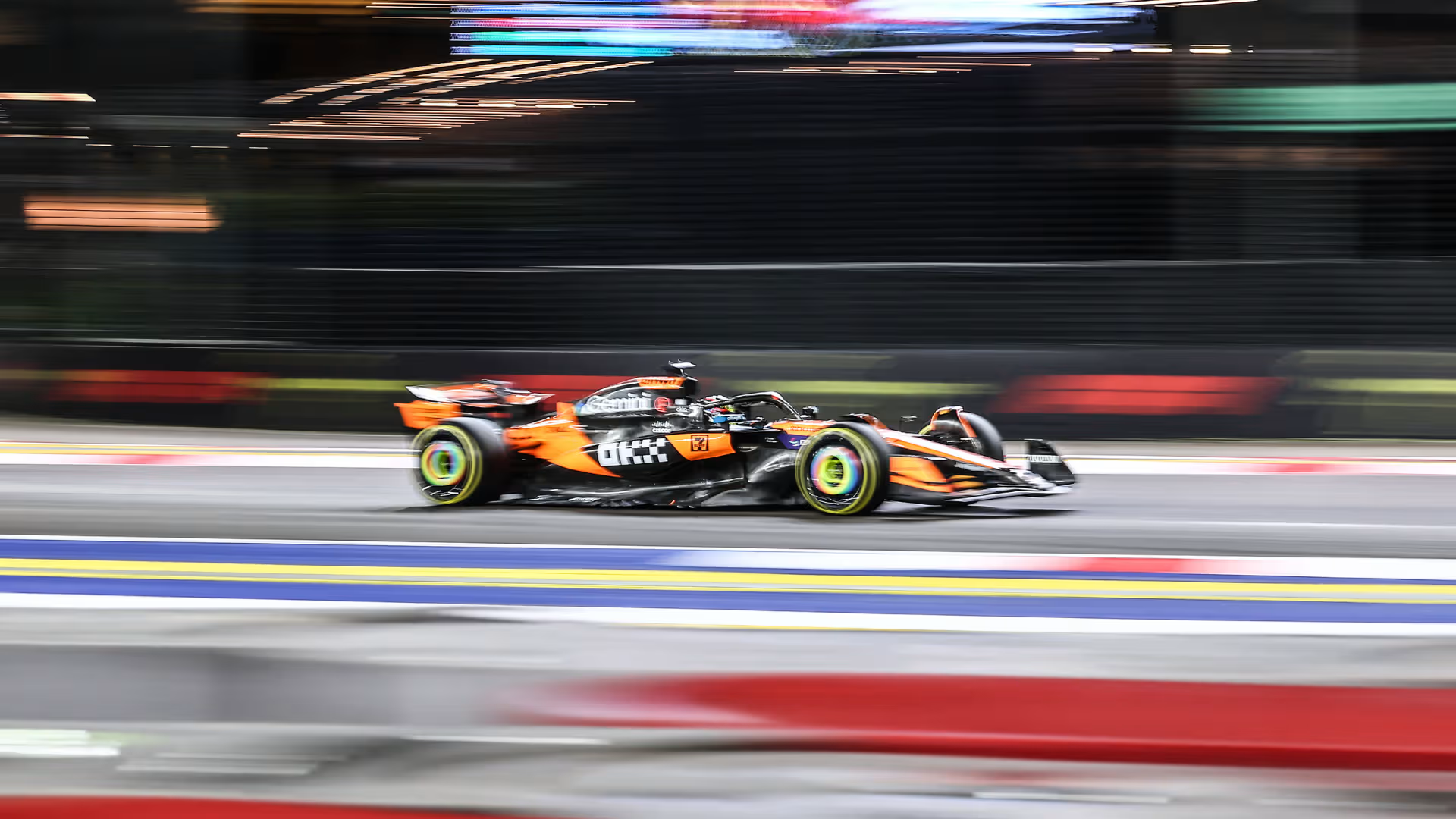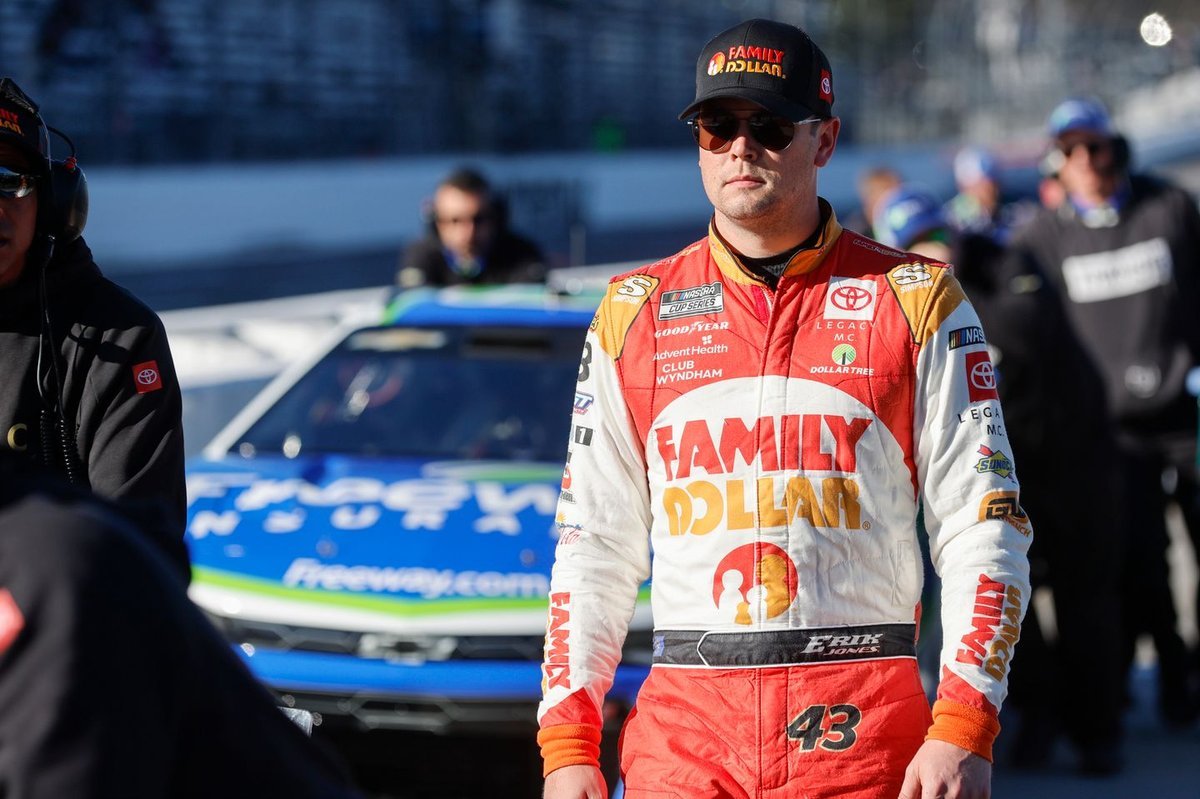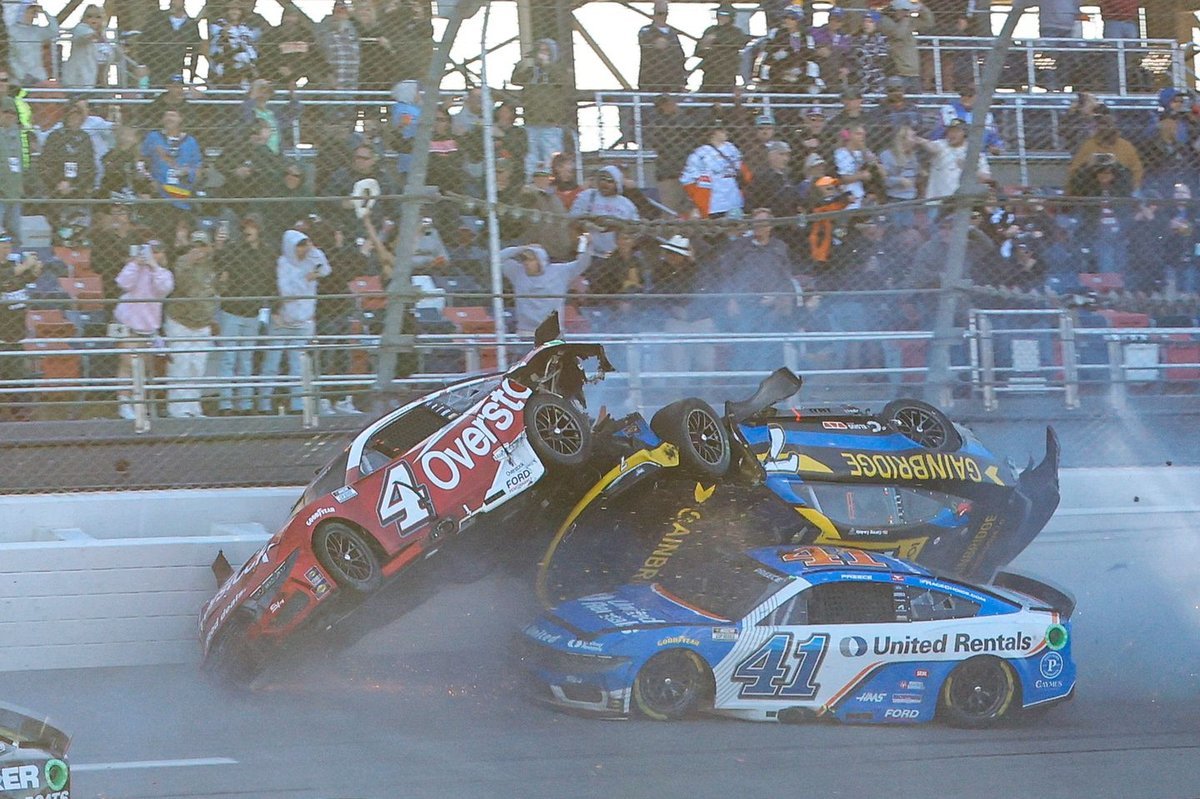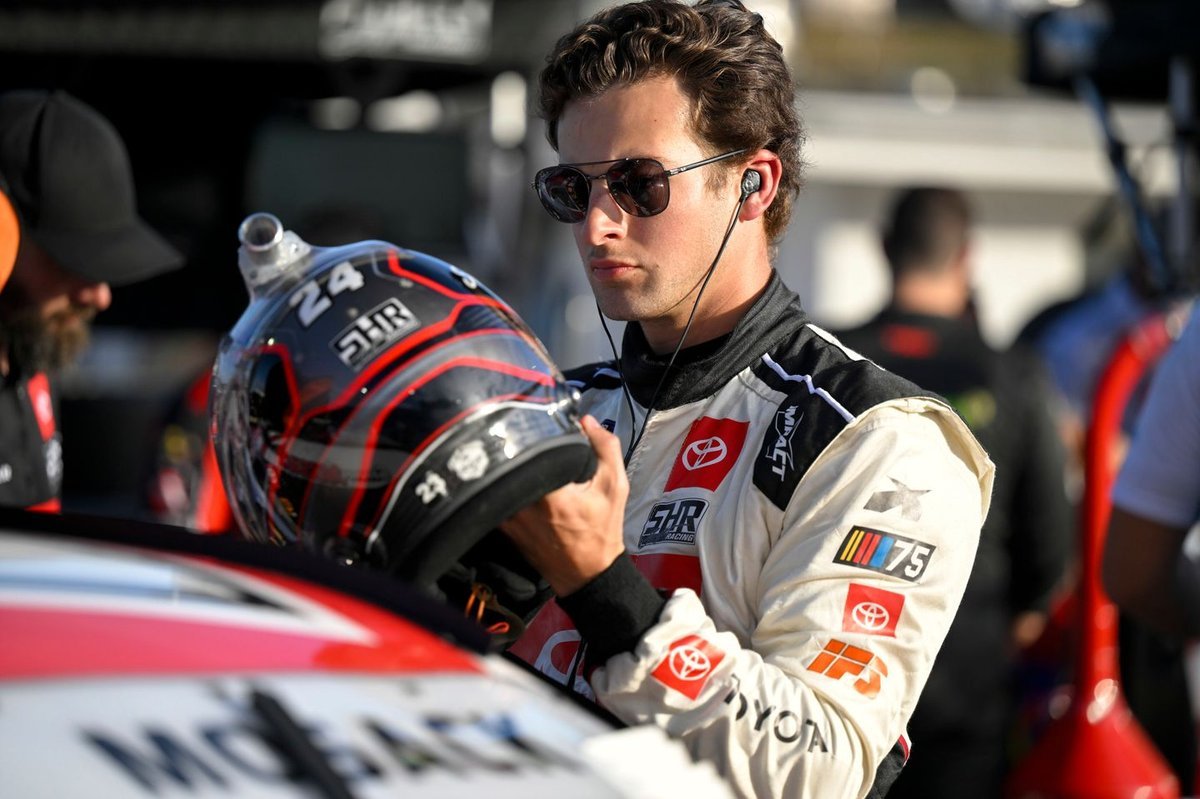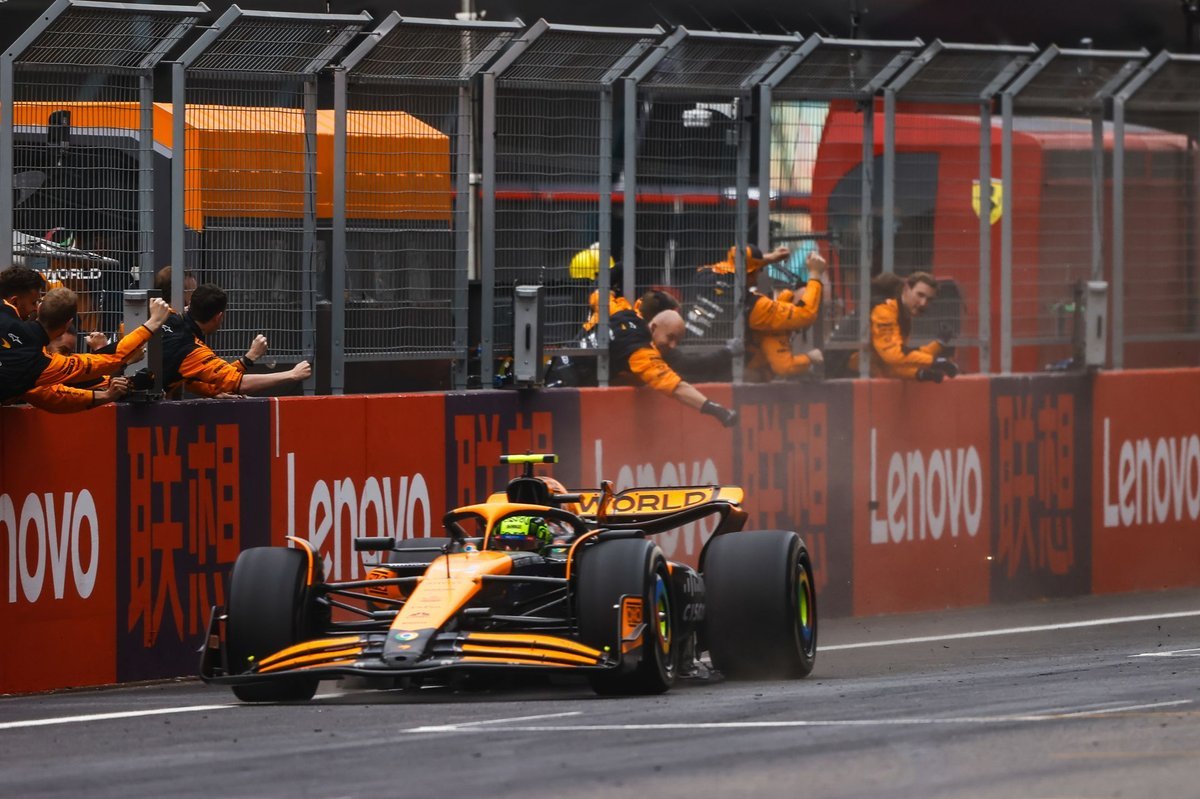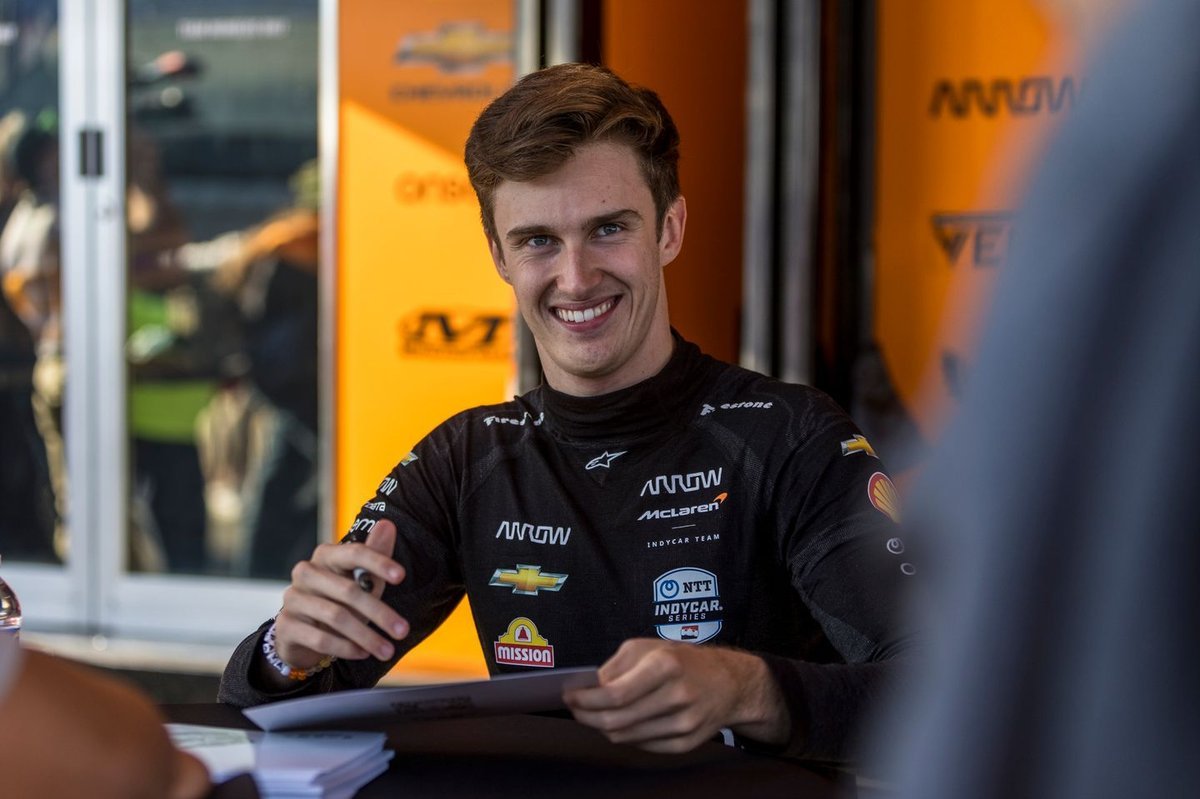
Kimi Antonelli stuns F1 by becoming the youngest Sprint polesitter in Miami, defeating Piastri and Norris in dramatic fashion.
Introduction: A New Star is Born in Miami
What if we told you the future of Formula 1 just announced itself—in bold, blazing fashion? In Miami, where palm trees sway and engines roar, 18-year-old Andrea Kimi Antonelli didn’t just drive a fast lap—he rewrote history. The youngest Sprint polesitter ever, Antonelli left a field of experienced stars trailing in his rearview mirror. In just his second Formula 1 weekend, the Mercedes rookie shocked the paddock and wowed the world. This wasn’t beginner’s luck—it was a coming of age.
Let’s dive into how Antonelli turned the Sprint Qualifying into his personal symphony of speed and precision.
Table of Contents
| Sr# | Headings |
|---|---|
| 1 | Miami International Autodrome: The Stage for History |
| 2 | Sprint Qualifying Format Explained |
| 3 | Antonelli’s Lap: Pure Art in Motion |
| 4 | SQ1 & SQ2: The Calm Before the Storm |
| 5 | SQ3 Drama: Antonelli Steals the Show |
| 6 | Breaking the Record: Youngest Sprint Polesitter Ever |
| 7 | Reaction from the Grid: Respect from Rivals |
| 8 | Mercedes’ Masterstroke: Wolff’s Vision Realized |
| 9 | Engineering Brilliance: Sector Analysis & Telemetry |
| 10 | Sprint Grid Top 10 Recap: Shifting the Power |
| 11 | How Antonelli Outclassed Piastri and Norris |
| 12 | Challenges of the Miami Sprint Race |
| 13 | What This Means for Mercedes’ Future |
| 14 | The New Guard: Antonelli and F1’s Youth Movement |
| 15 | Conclusion: A Paradigm Shift in the Making |
1. Miami International Autodrome: The Stage for History
Miami’s street circuit is more than glitz and glamor—it’s a high-stakes roller coaster with rapid chicanes, narrow braking zones, and brutal asphalt. Hosting a Sprint Qualifying session here means there’s zero room for error. Yet, amidst all this chaos, an 18-year-old rookie found order. The Miami heat may wilt tires and minds, but Antonelli thrived in it like a sunflower chasing the sun.
2. Sprint Qualifying Format Explained
Sprint Qualifying—or SQ—is a condensed shootout to set the grid for the Sprint race. Three short sessions: SQ1, SQ2, and SQ3, each knocking out the slowest five. Drivers get fewer laps, less margin for error, and far more pressure. Think of it like speed chess—blink, and you’re out. For a teenager like Antonelli to master this under pressure? Unheard of.
3. Antonelli’s Lap: Pure Art in Motion
His pole lap time? 1:26.982. But this wasn’t just a number—it was poetry in carbon fiber. With soft tyres and a feather-light touch on the throttle, Antonelli delivered a lap smoother than jazz and quicker than expectation. Every apex was kissed, every brake point nailed.
4. SQ1 & SQ2: The Calm Before the Storm
Through the early sessions, Antonelli didn’t look like a wild card—he looked like a contender. His SQ1 and SQ2 laps were clinical. No lockups, no drama, just pure, calculated aggression. While Verstappen and Leclerc danced around grip issues, Antonelli breezed through like he’d been racing in F1 for years.
5. SQ3 Drama: Antonelli Steals the Show
When SQ3 began, no one quite expected the storm brewing in the garage marked with the Mercedes star. As drivers set their banker laps, Antonelli waited. With one set of fresh softs, he emerged late and attacked the circuit like it owed him something. By Turn 4, he was ahead. By the final corner, he was untouchable.
6. Breaking the Record: Youngest Sprint Polesitter Ever
At just 18 years and 3 months, Antonelli smashed the previous record for youngest Sprint polesitter. In doing so, he didn’t just join elite company—he outpaced them. This wasn’t a fluke. It was a statement. Formula 1’s next prodigy had arrived, and he wasn’t asking for permission to lead—he was taking it.
7. Reaction from the Grid: Respect from Rivals
Oscar Piastri admitted, “I didn’t expect that from him—not yet.”
Lando Norris was all praise: “Kimi’s got something special.”
Max Verstappen, never one to mince words, said, “He’s fast. No question.”
When the old guard starts tipping their caps, you know the sport is changing.
8. Mercedes’ Masterstroke: Wolff’s Vision Realized
Toto Wolff bet big on Antonelli. Critics questioned the decision. But in Miami, those doubts turned to awe. Mercedes had taken a gamble, and it paid off in gold. Antonelli’s composure, tire management, and feedback impressed engineers, with setup simulations showing his uncanny instinct for balancing tire wear with cornering aggression.
Wolff said it best: “You don’t find this level of precision in rookies—he’s different.”
9. Engineering Brilliance: Sector Analysis & Telemetry
Sector 1: He was +0.05s quicker than Norris.
Sector 2: Gained +0.03s on Piastri.
Sector 3: Took +0.04s out of Verstappen.
A simplified visual of Antonelli’s magic:
His traction out of Turn 7 and commitment through the Turn 14-15 chicane set him apart.
10. Sprint Grid Top 10 Recap: Shifting the Power
| Position | Driver | Team | Time | Gap |
|---|---|---|---|---|
| 1 | Kimi Antonelli | Mercedes | 1:26.982 | — |
| 2 | Oscar Piastri | McLaren | 1:27.054 | +0.072s |
| 3 | Lando Norris | McLaren | 1:27.102 | +0.120s |
| 4 | Max Verstappen | Red Bull | 1:27.188 | +0.206s |
| 5 | Charles Leclerc | Ferrari | 1:27.256 | +0.274s |
| 6 | Lewis Hamilton | Mercedes | 1:27.338 | +0.356s |
| 7 | Fernando Alonso | Aston Martin | 1:27.440 | +0.458s |
| 8 | Carlos Sainz | Ferrari | 1:27.500 | +0.518s |
| 9 | Sergio Perez | Red Bull | 1:27.642 | +0.660s |
| 10 | George Russell | Mercedes | 1:27.710 | +0.728s |
11. How Antonelli Outclassed Piastri and Norris
Both McLarens looked strong—until Antonelli lit up the timing screens. He braked later, accelerated sooner, and found grip in places others tiptoed. Like a chess prodigy cornering a grandmaster, Antonelli read the track, predicted responses, and executed flawlessly.
12. Challenges of the Miami Sprint Race
Starting from pole is one thing. Staying there in Miami? That’s the real test. With limited overtaking zones and tricky tire wear, Antonelli will need to manage pressure from experienced rivals while navigating a track that punishes even small errors.
Mercedes plans to run a low-degradation setup, relying on Antonelli’s clean air advantage to control the pace.
13. What This Means for Mercedes’ Future
Mercedes isn’t just rebuilding—they’re rebranding. With Hamilton’s legacy nearing its twilight and Russell yet to fully claim the mantle, Antonelli brings fresh energy. His arrival may signal the start of a new Mercedes dynasty—one built not on experience, but fearless youth.
14. The New Guard: Antonelli and F1’s Youth Movement
Just like Verstappen shook up F1 at 17, Antonelli is poised to ignite the sport’s next revolution. He’s not here to wait in line—he’s ready to lead. His rise signals a shift in how teams view young drivers: not as apprentices, but as equals ready to compete.
15. Conclusion: A Paradigm Shift in the Making
Kimi Antonelli didn’t just take pole—he took the spotlight. And in doing so, he may have just changed the course of the 2025 Formula 1 season. Whether or not he wins the Sprint, the message is loud and clear: the next generation has arrived, and they’re not backing down.
Antonelli’s name will now be etched alongside records—but his story? It’s just beginning.
FAQs
1. How old is Kimi Antonelli, the youngest F1 Sprint polesitter?
Kimi Antonelli is 18 years and 3 months old, making him the youngest driver to take Sprint pole in F1 history.
2. What made Antonelli’s Miami pole lap so special?
His lap combined flawless technique, late braking, and expert tire management, beating top-tier drivers like Piastri, Norris, and Verstappen.
3. Will Antonelli start first in the actual Grand Prix?
No, this pole was for the Sprint race. Regular qualifying still determines the main Grand Prix grid.
4. How did Mercedes react to Antonelli’s pole?
Mercedes praised Antonelli’s technical feedback, maturity, and speed—vindicating Toto Wolff’s decision to promote him in 2025.
5. What’s next for Kimi Antonelli in F1?
He’ll aim to convert Sprint pole into a strong finish and continue impressing throughout the season, potentially reshaping Mercedes’ long-term strategy.

